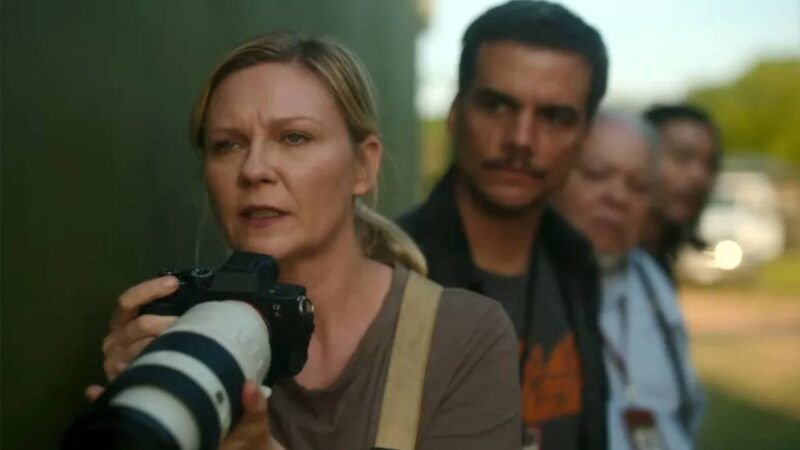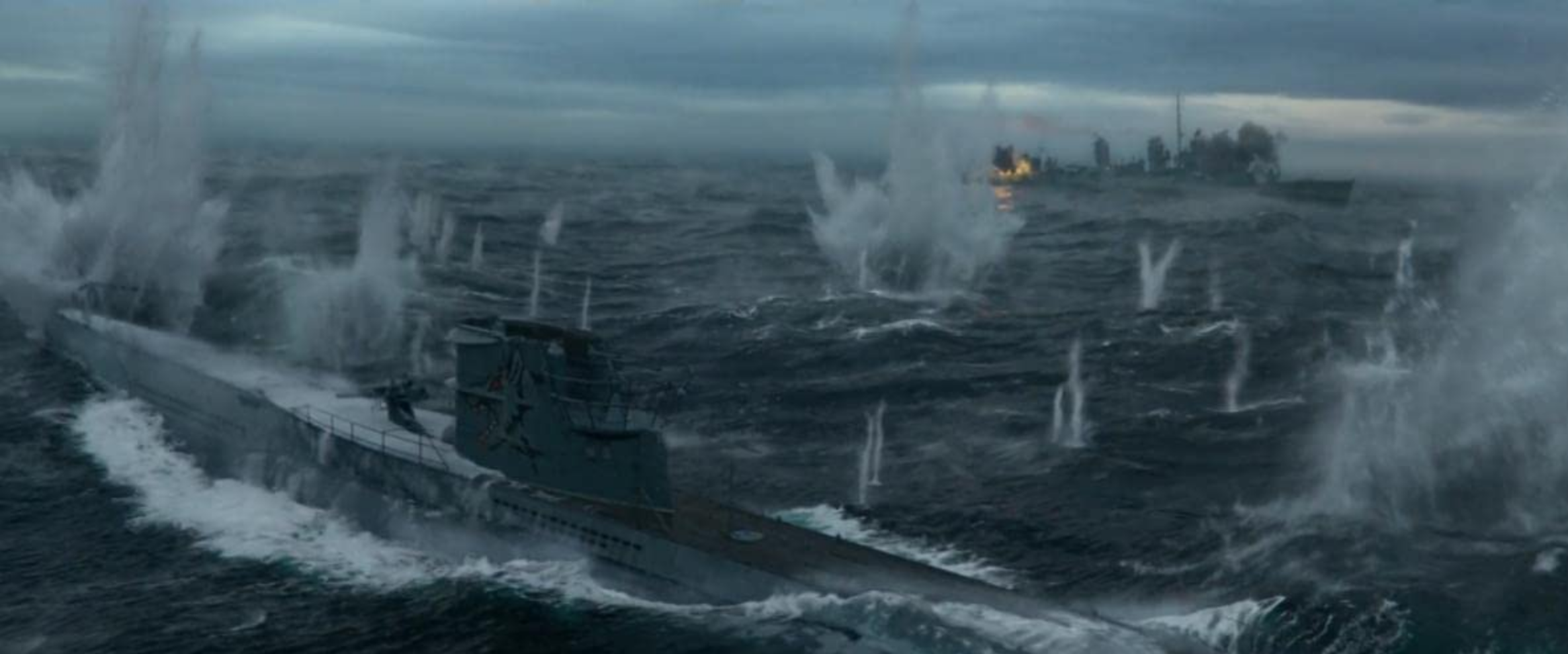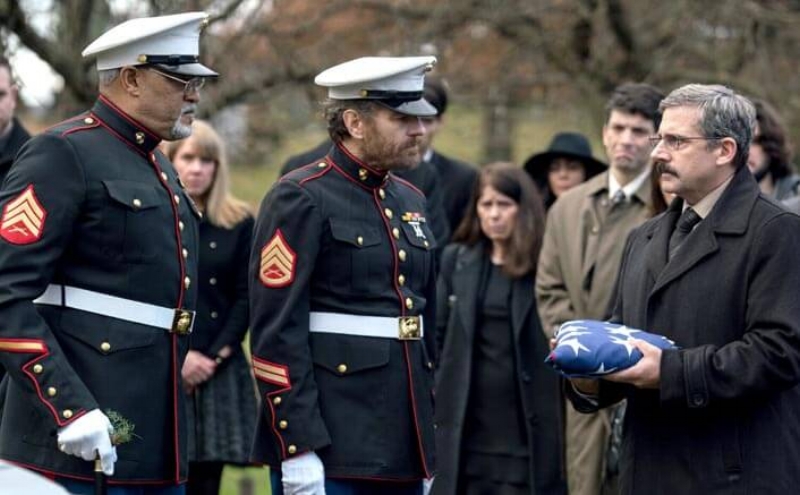BLITZ
Directing: B+
Acting: A-
Writing: B
Cinematography: B+
Editing: B
Special Effects: B+
Blitz turns out to be a collection of great scenes that don’t quite add up to a great movie. It’s a good movie, but one that could have used something a little more. A little more character development, perhaps.
The acting elevates it a great deal. Saoirse Ronan is always so good it’s easy to take her for granted. Elliott Heffernan, as her son George, is quite the find—proof again that truly talented child actors are out there, waiting for discovery. Someone tell the casting agent for Goodrich. And then there’s Harris Dickinson, a young actor poised to embark on a great career with the excellent Beach Rats (2017) and who has since seen that promise fulfilled. He’s very good but kind of wasted in a relatively minor part in Blitz,
There are moments in Blitz where director Steve McQueen, who also wrote the script, gets a little too on the nose. In one overwrought scene, racial tensions simmer in one of the many London underground shelters of World War II. It might as well be the start of a bad joke: “An Arab, a Jew, and a Black guy walk into a shelter….” It’s a Black, Nigerian soldier who approaches to diffuse the tension, and then delivers one of the most pat speeches imaginable, about how sowing this kind of division is exactly what Hitler wants and they are stronger united. This is all true, of course, but the delivery is practically a megaphone of allegory for current American culture wars.
That soldier’s name is Ife, and he is but one of many stops on young George’s almost pointedly Dickensian journey through the wild dangers of London during the Blitz. Mileage varies widely among the different characters whose paths he crosses. In one instance, he is basically kidnapped by a group of truly dark opportunists, enlisting the 11-year-old boy’s help in squeezing into the tight spaces of bombed-out and collapsed buildings to loot valuables.
In one of the aforementioned great scenes, Blitz cuts to a crowded night club, filled with revelers having a great night out on the town, dancing to a large brass band. The camera moves through and around the crowd for so long, among nameless characters we are only now being introduced to, until air raid sirens are heard, and the camera backs up and above the crowd, suddenly hushed and looking up to the ceiling in silence. The horrific aftermath it cuts to next is made all the more effective by the time just spent with all these people.
Blitz feels a little like an attempt to emulate the 1998 Spielberg film Saving Private Ryan, following the journey of characters in search of someone while the utterly random horrors of war play out around them, and sometimes to them. McQueen’s approach is at a bit more of a remove from the characters, with much more focus on the journey itself. This might work more for some than others.
To be certain, I was riveted by Blitz from start to finish, largely because of the sense of danger and menace around every corner. In the opening scene, a man gets knocked out by an out of control fire hose, of all things. McQueen and his editor, Peter Sciberras (The Power of the Dog), make some odd choices of timing when it comes to shifting to flashbacks. Several times, the film cuts to clearly-CGI renderings of bombs descending from the sky, only to cut to a much more serene scene. I kept expecting to be startled by some explosion or another, only for it not to happen. There are startling moments of other kinds, such as when a tube station being used as a shelter suddenly floods with water. We know George will make it out, but that makes the scene no less harrowing.
Blitz only takes place over a couple of days, in 1940, when the British have no idea they have another half a decade of war ahead of them. Rita (Ronan) puts George on a train to evacuate him for his own safety, something he fails to understand: he wants to stay with his mother. The only reason he winds up traversing a London intermittently blasted by Nazi bombs is because he jumps off that train, and makes his way back. Along the way, some people help him, some people take advantage of him. In the aggregate, this is one lucky kid.
It should be noted, too, that he is multiracial. His father, originally from Grenada, gets in trouble with the law for blatantly racist reasons, and we only learn in passing later that the reason he isn’t around now is because he’s been deported—possibly another barely-veiled reference to scapegoated immigrants in present-day America (and Britain, for that matter; this is a British production, after all—as is Steve McQueen). George’s race, as well as Rita’s association with it, is a through line in the story, a point of view rarely depicted in the seemingly infinite number of films set during World War II,
We only ever see George’s father, Marcus (CJ Beckford), a couple of times, in flashback. It would have been useful to have gotten to know him better, but McQueen is much more interested in depictions of George barely missing death at every other turn. Much of this is very well rendered, if on a clearly limited budget. McQueen is making the best of what he has to work with. And he’s working with a stellar cast, who lift up a script that is adequate but falling just short of fully realized cohesion.
A mother and son lose and then find each other through mutually steely resolve in Blitz.
Overall: B






